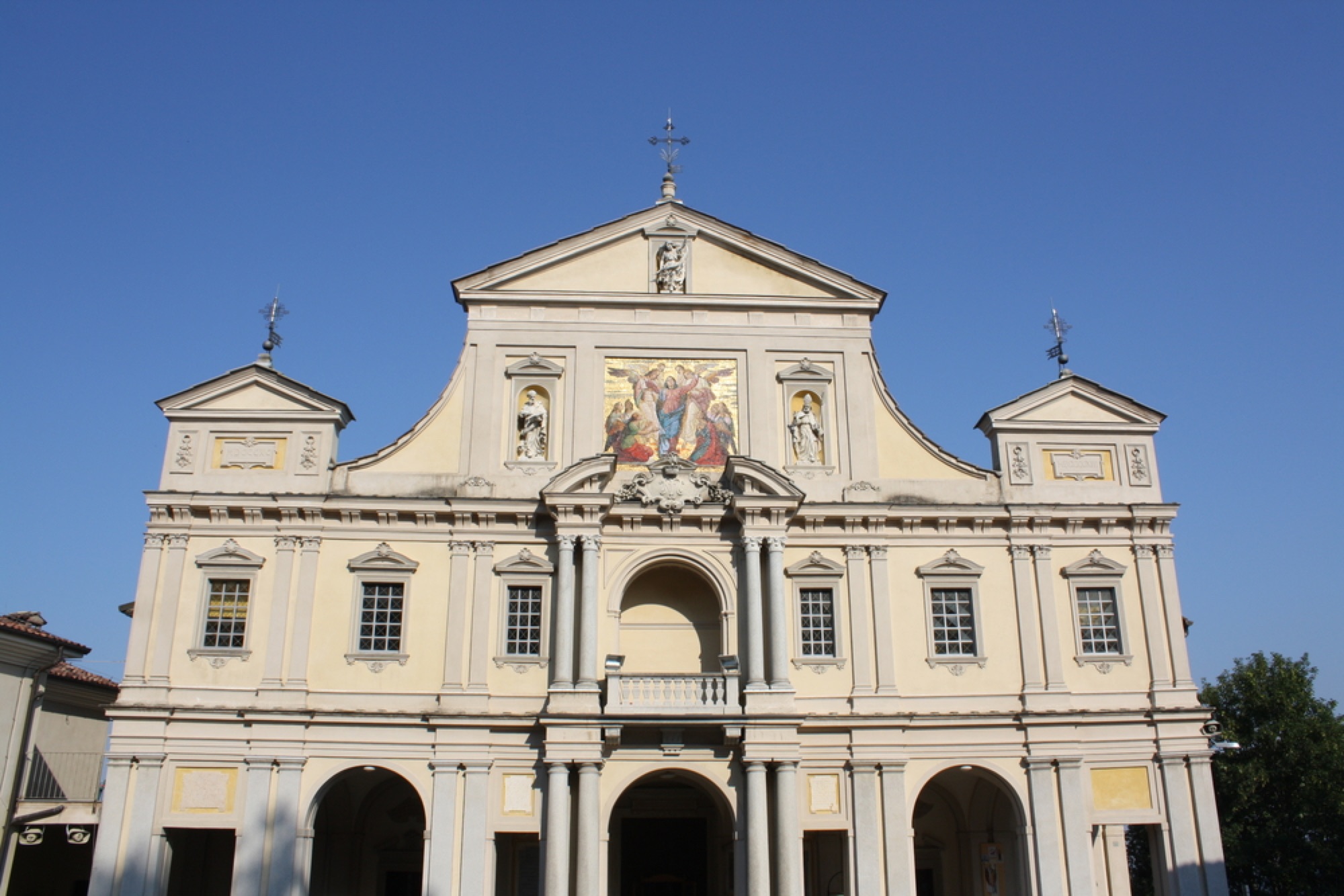
When it comes to Italian Churches, St Peter’s Basilica in Vatican City will, understandably, top the bucket list of many. After all, it’s a spectacular destination for anyone interested in religion, architecture, history or politics. However, in a country that’s absolutely riddled with churches, there are many other places of worship, ranging from opulent to humble, to be admired throughout Italy. Scroll down to start our slideshow of 30 Spectacular Churches To See When In Italy.
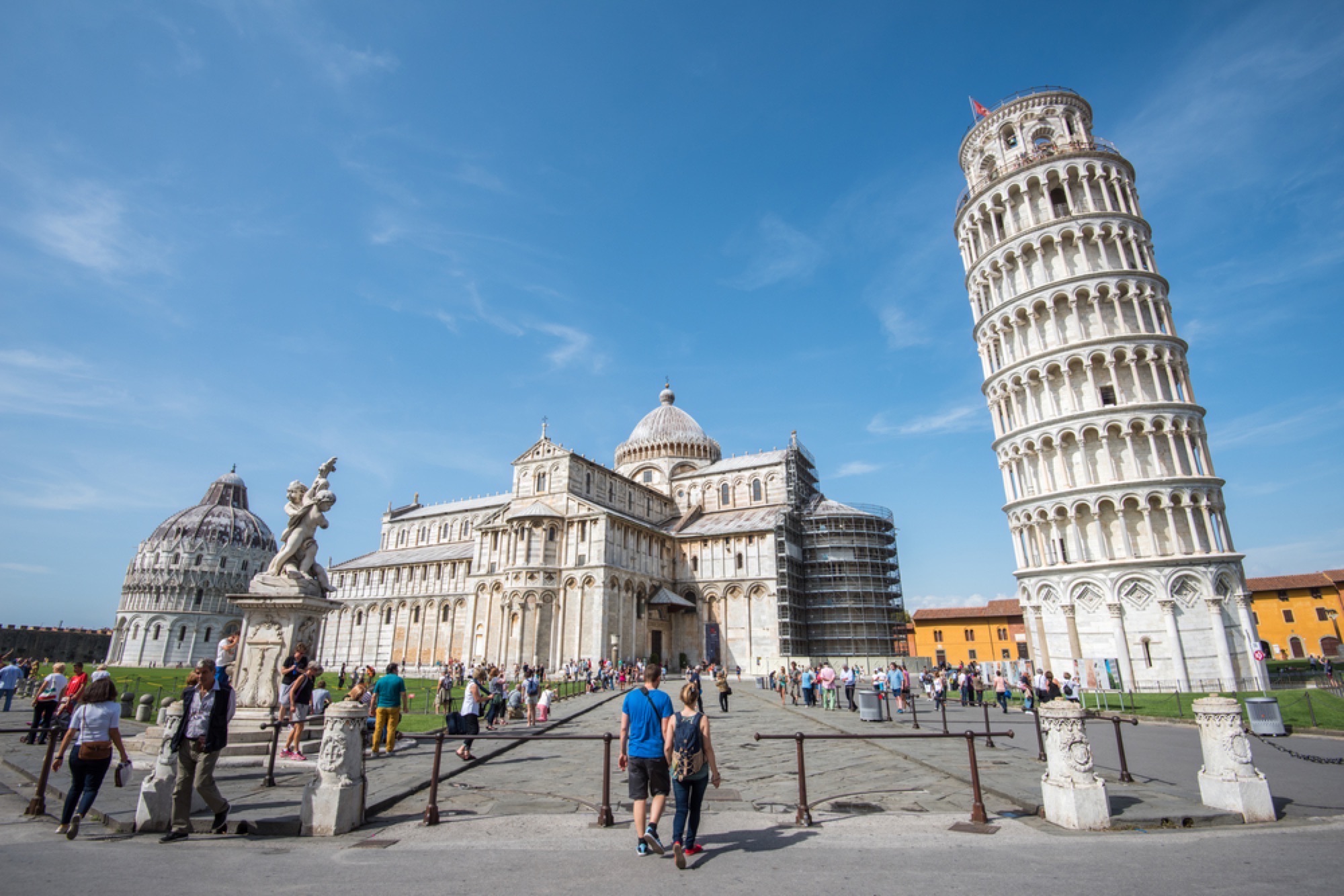
It’s a sight that’s unmistakably Florence: the red-roofed cathedral which, along with its baptistery and campanile is now a UNESCO World Heritage Site. Commissioned by Cosimo de’ Medici in 1420, it took Filippo Brunelleschi 16 years to complete the brick dome; comprising over 4 million bricks, it’s the largest of its kind ever constructed. Interestingly, by the time Brunelleschi was born, the cathedral itself had already been under construction for 80 years.
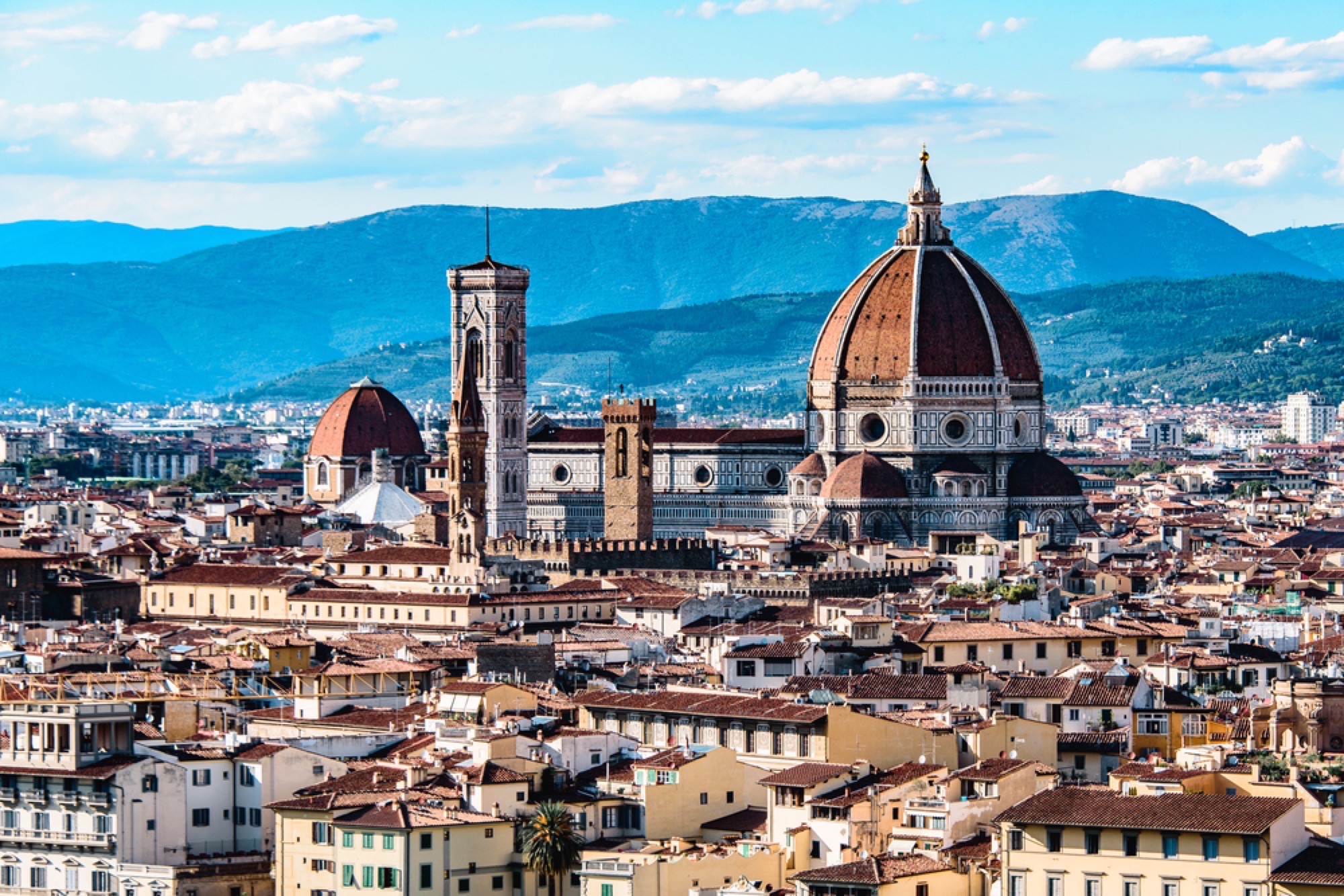
This is the Mother Church of the Jesuit Order and, surrounded as it is by Rome’s other, better known treasures - the Coliseum, the Pantheon and the Forum, for example - easily overlooked when you’re frantically ticking off sights on your Roman Holiday. It’s more than worthy of a visit, however, with its utterly spectacular ceiling, painted by Giovanni Battista Gaulli and called Triumph of the Name of Jesus. Prepare for neckache!
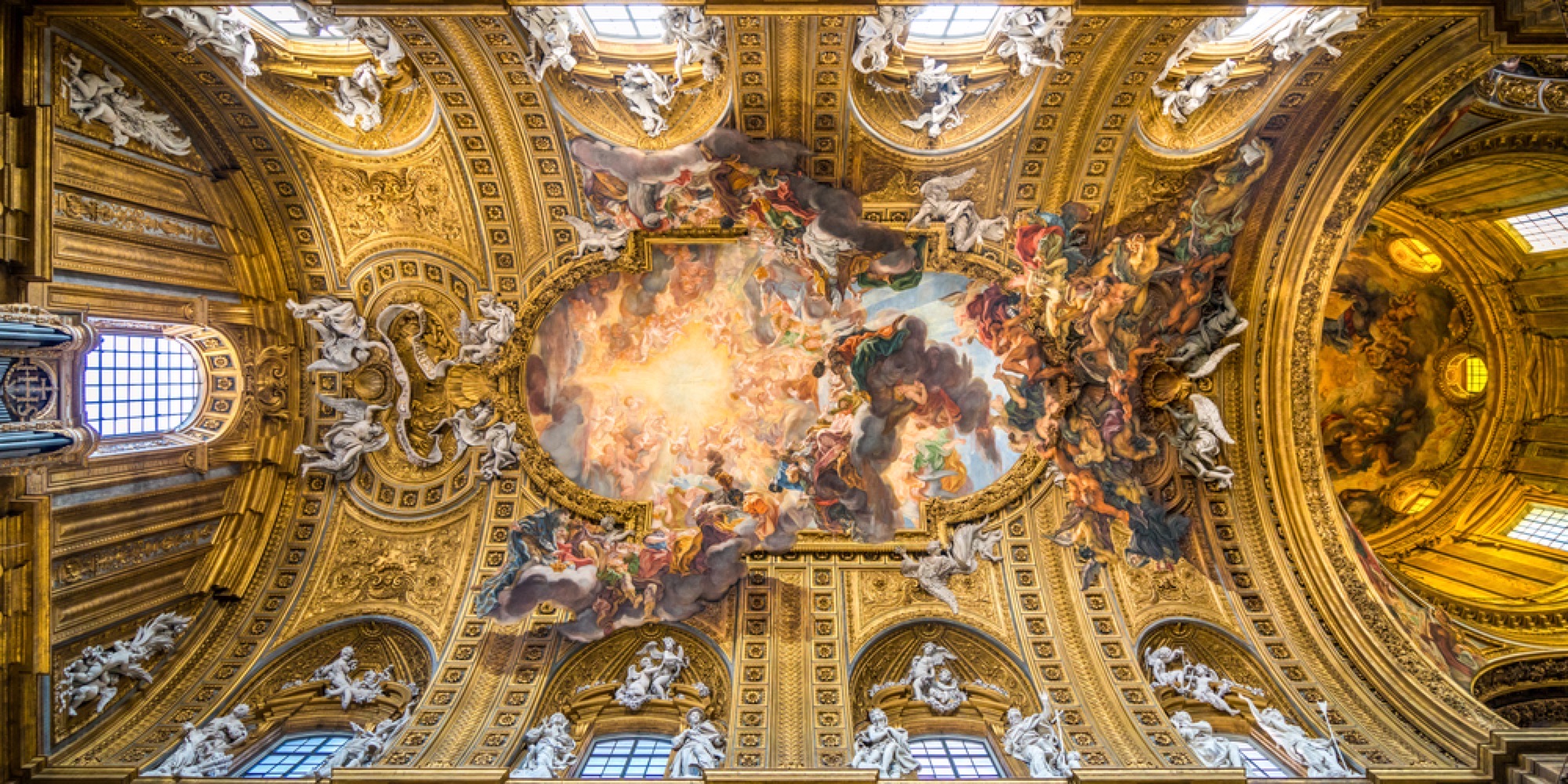
Domed and magnificent, it’s hard to believe that this was once a Doge’s private chapel, only becoming the city’s official chapel in 1807. Its facade glitters with over 8000 square meters of mosaics, and the walls are clad in marbles from Palestine, Egypt and Syria.
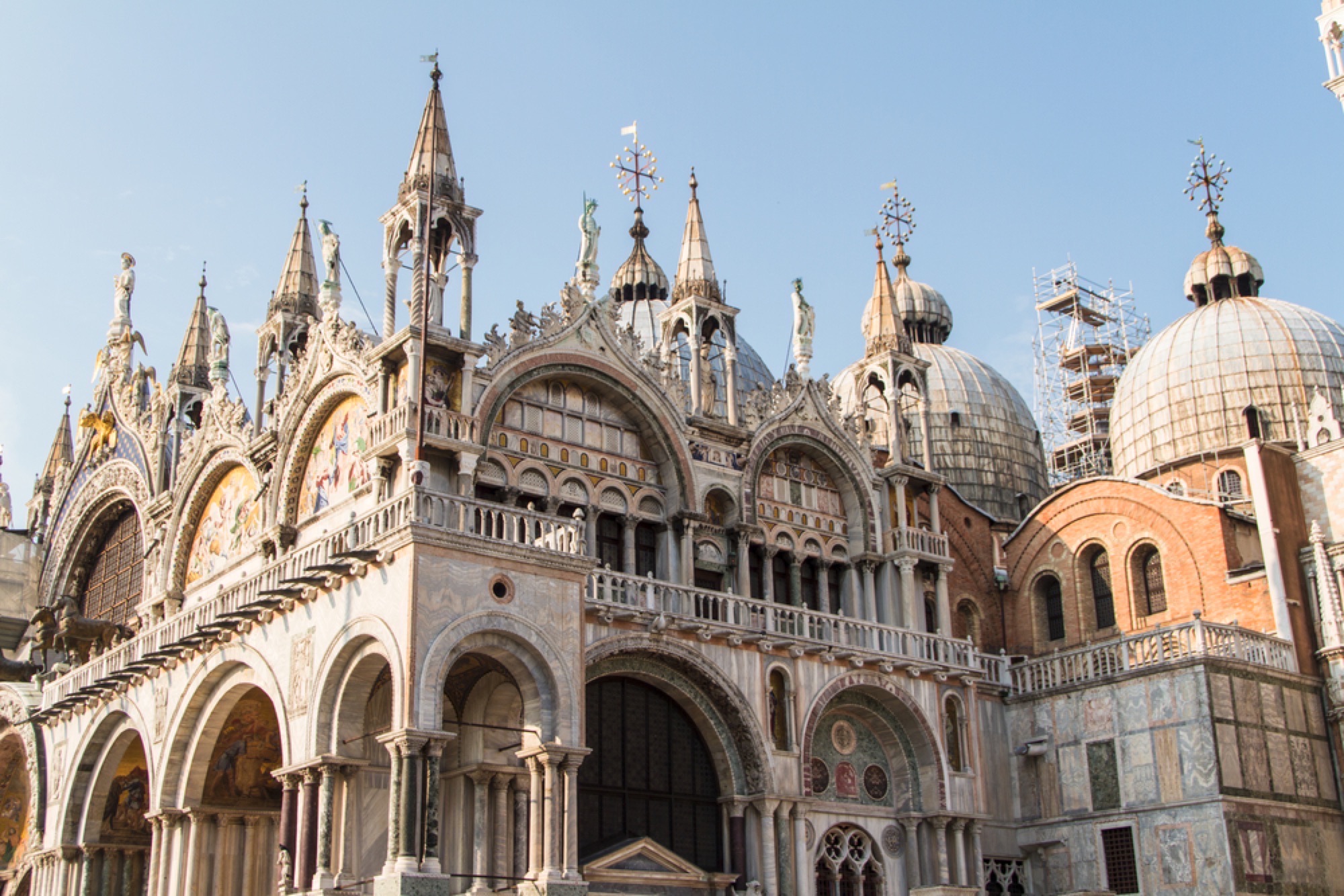
Orvieto’s Cathedral of Saint Mary of the Assumption - known simply as The Duomo - has inspired artists and writers throughout the ages, with its unusually slender proportions, unique and colorful facade, large rose window, golden mosaics and enormous bronze doors. Taking over 300 years to build, it’s considered one of the great triumphs of the architecture of the late Italian Middle Ages.
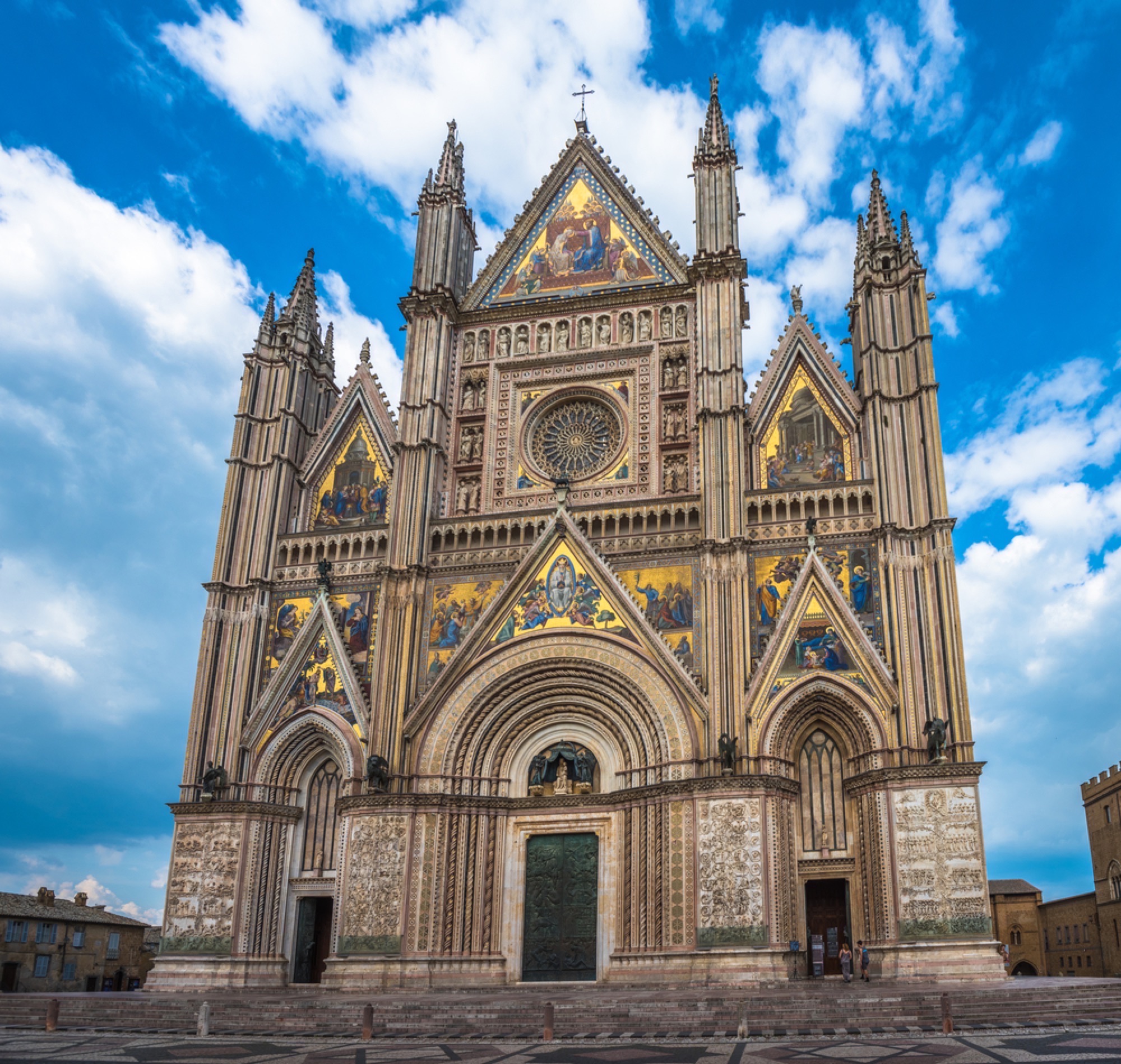
Located on the hill where St Francis chose to be buried, this site was, in the middle ages, notorious as a place of public executions. From this vantage point, it’s visible for miles as you travel around Umbria and is composed of two churches, one above the other and differing in style: the upper one Gothically dramatic and the lower one, more humble and austere.
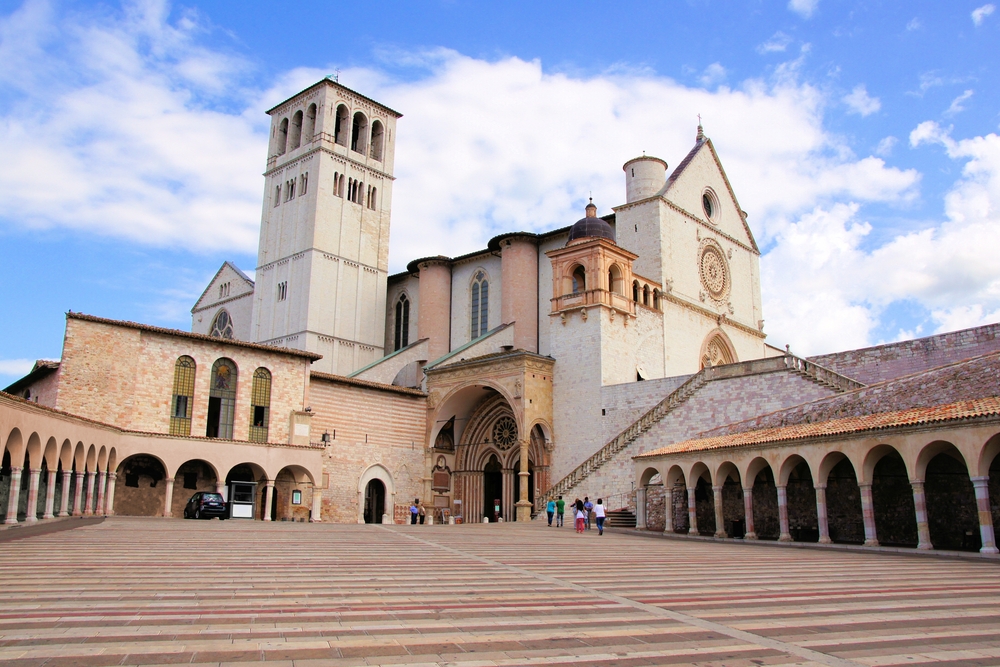
Located above Piazza del Campo, this Gothic cathedral was built between 1215 and 1263 and is in the form of a Latin cross. You have to pay to enter but it’s worth it: the interior is a confection of black and white striped marble, and the floor is a mass of intricate mosaics depicting various biblical stories.
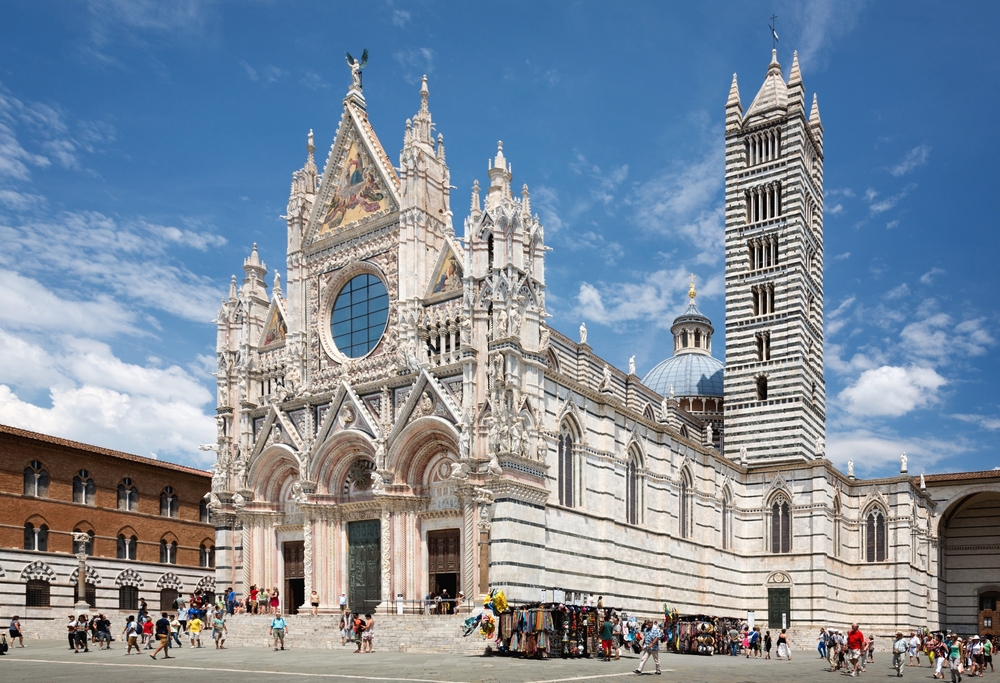
This ancient city is honeycombed by caves and grottoes, many of which have served as places of worship throughout history. This one is just that bit special, however - set atop a rugged mount, there are incredible, sweeping views of the surrounding landscape from its entrance; inside, there are prayer chambers adorned with bright but decaying frescoes.

In architectural terms, the baptistery of Parma Cathedral represents the shift from Romaneque to Gothic; commissioned in 1196, it’s an octagonal structure clad in pink marble. Inside, sixteen arches form alcoves, each of which is painted with a different scene; the domed ceiling is also painted.
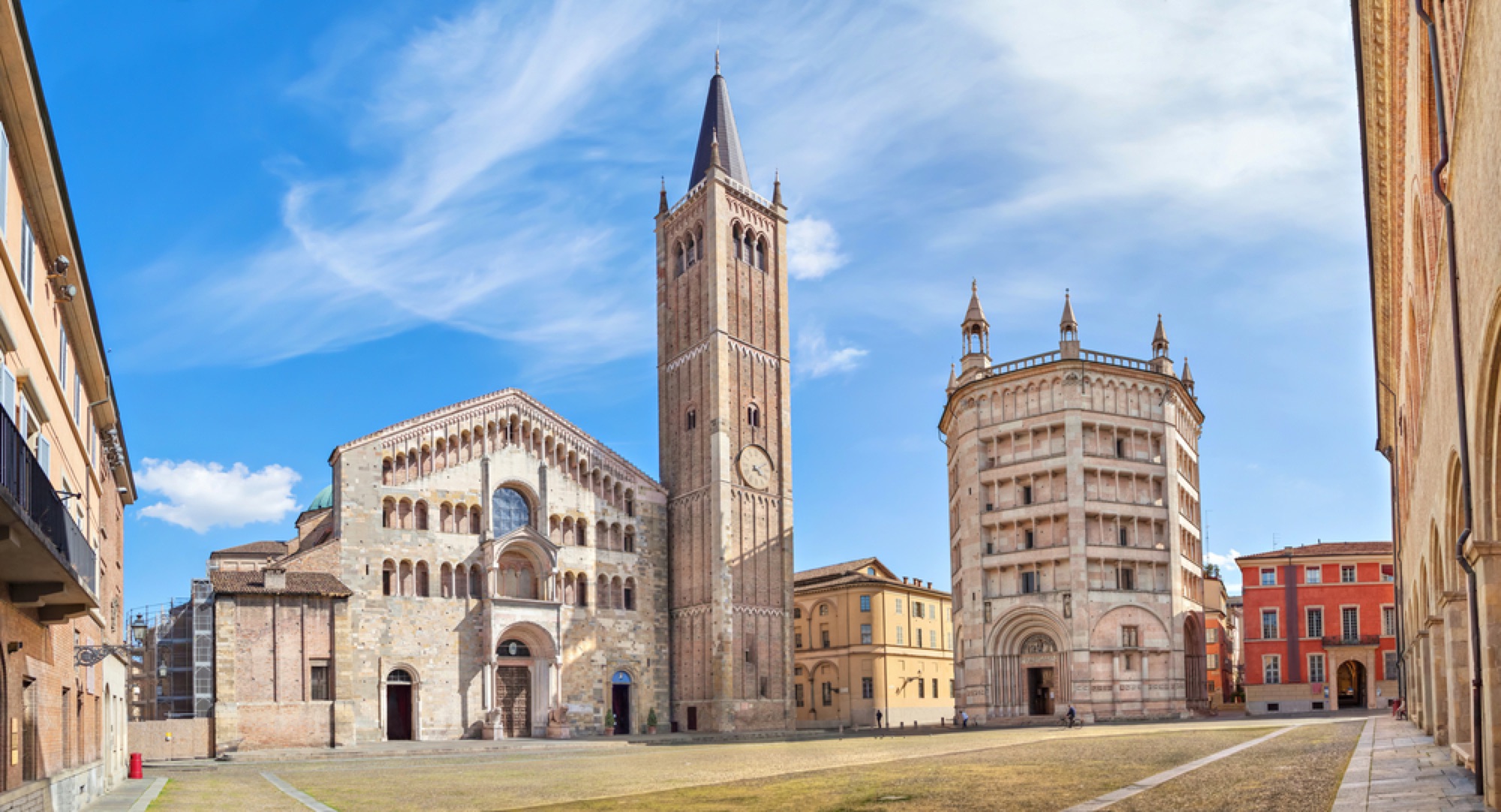
As the first Gothic church in Tuscany, this church was built by monks in the 13th century to house the rock into Galgano Giudotti allegedly plunged a sword in 1180, turning it into the symbol of the cross. In 1786, the roof collapsed and, although some restoration work was later carried out, the church is still a hauntingly beautiful, roofless shell surrounded by verdant landscape.
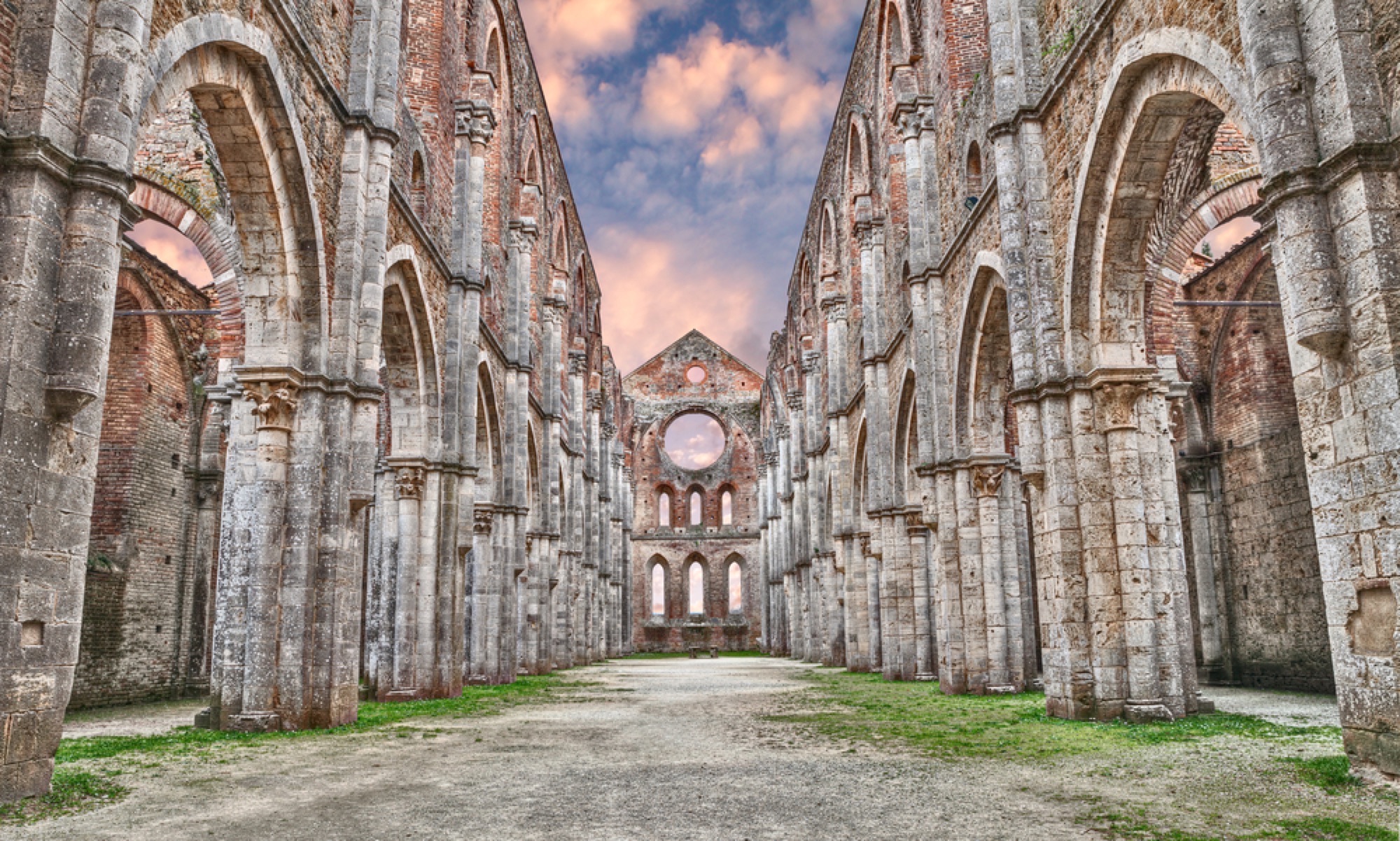
On the other side of the Tiber from Rome’s most popular attractions, the wonderfully authentic neighborhood of Trastevere houses endless charms - among these, Santa Maria, which dates from the 4th century and is believed to have been the first place of Christian worship in Rome. Inside, the spot from which pure oil flowed on the day Christ was born is marked next to the altar.
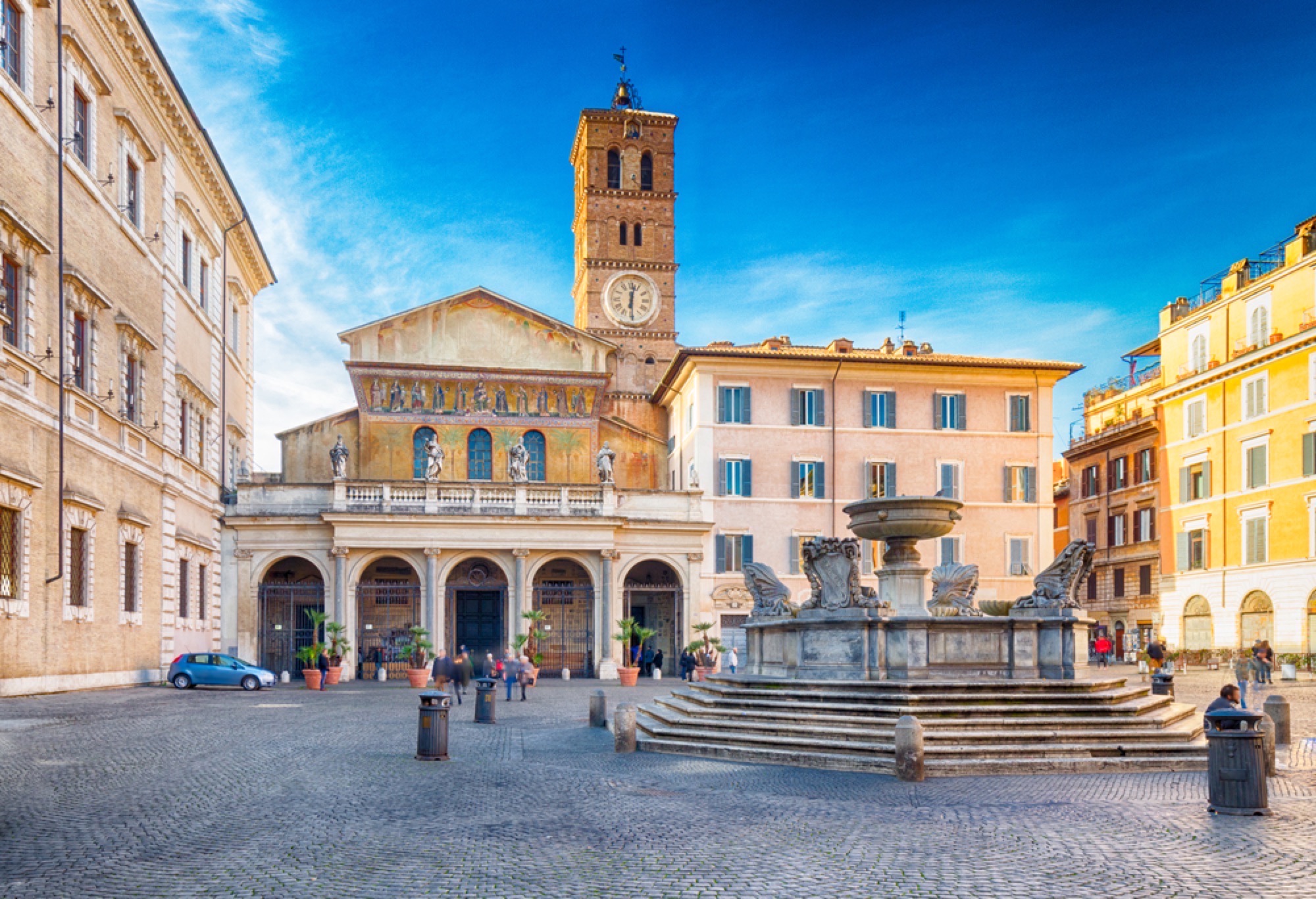
Many churches in Italy have amazing floor mosaics but this one, dating back to 1068, is particularly worth seeing, due to its incredible montage of imagery, ranging from Catholic to pagan. You’ll see Old Testament figures, medieval legend, Greek mythology and fantastical beasts - all of which are still visible, despite the fact that the church received some rather rough treatment in the 15th century when it was used to stable the horses of Ottoman invaders. The skulls of Catholic martyrs who refused to convert to Islam can be seen at the back of the chapel.
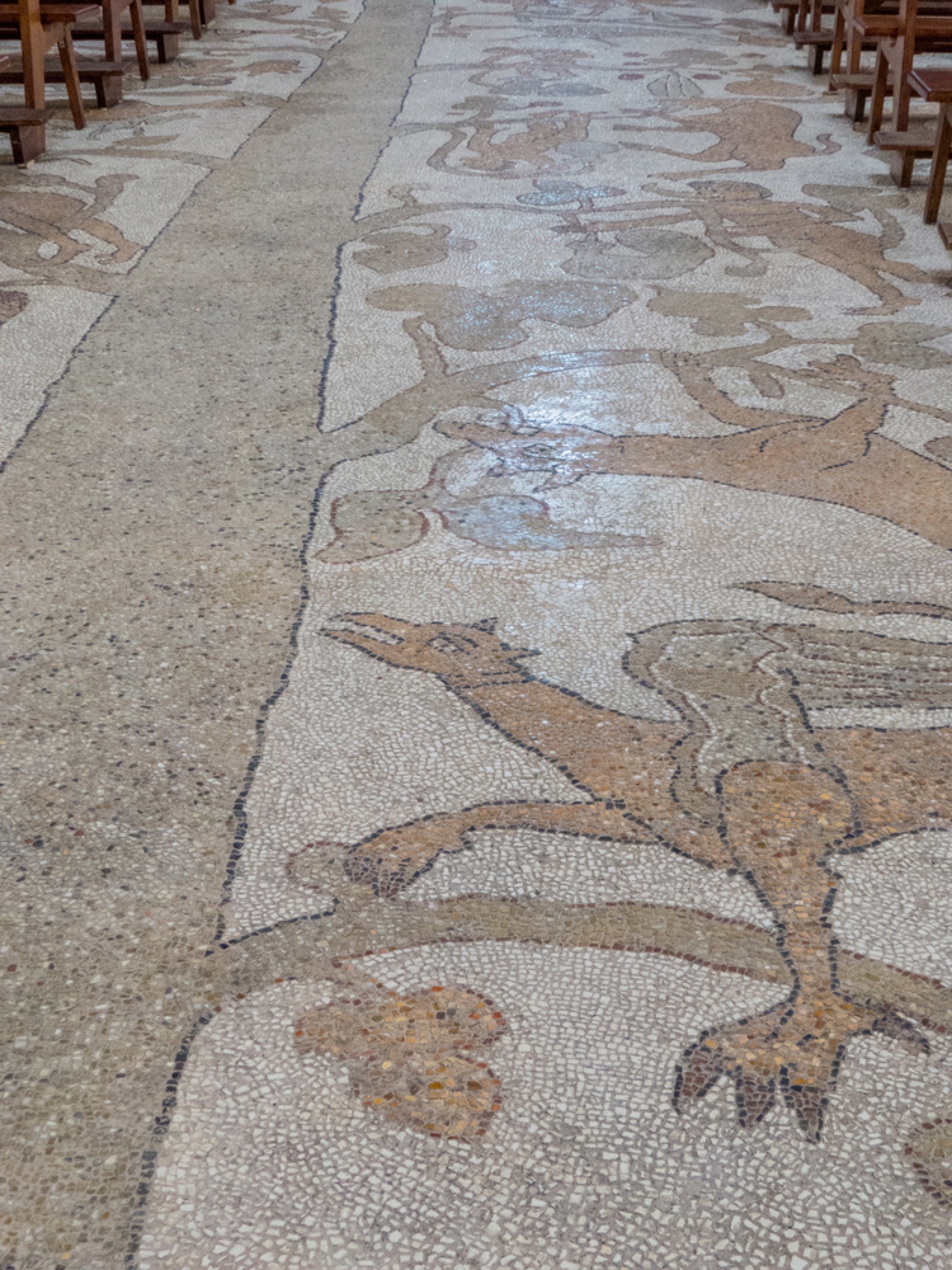
At the foot of the mountains, this astonishing tribute to the relationship between love, art, nature and religion was devised by Italian artist Giuliano Mauri, who died before its initiation in 2010. Its frame is made of 42 fir-tree trunk columns, with support structures formed of chestnut and hazlenut branches. As time goes on, these will rot away, effecting a seamless flow from a manmade to a completely natural cathedral structure.
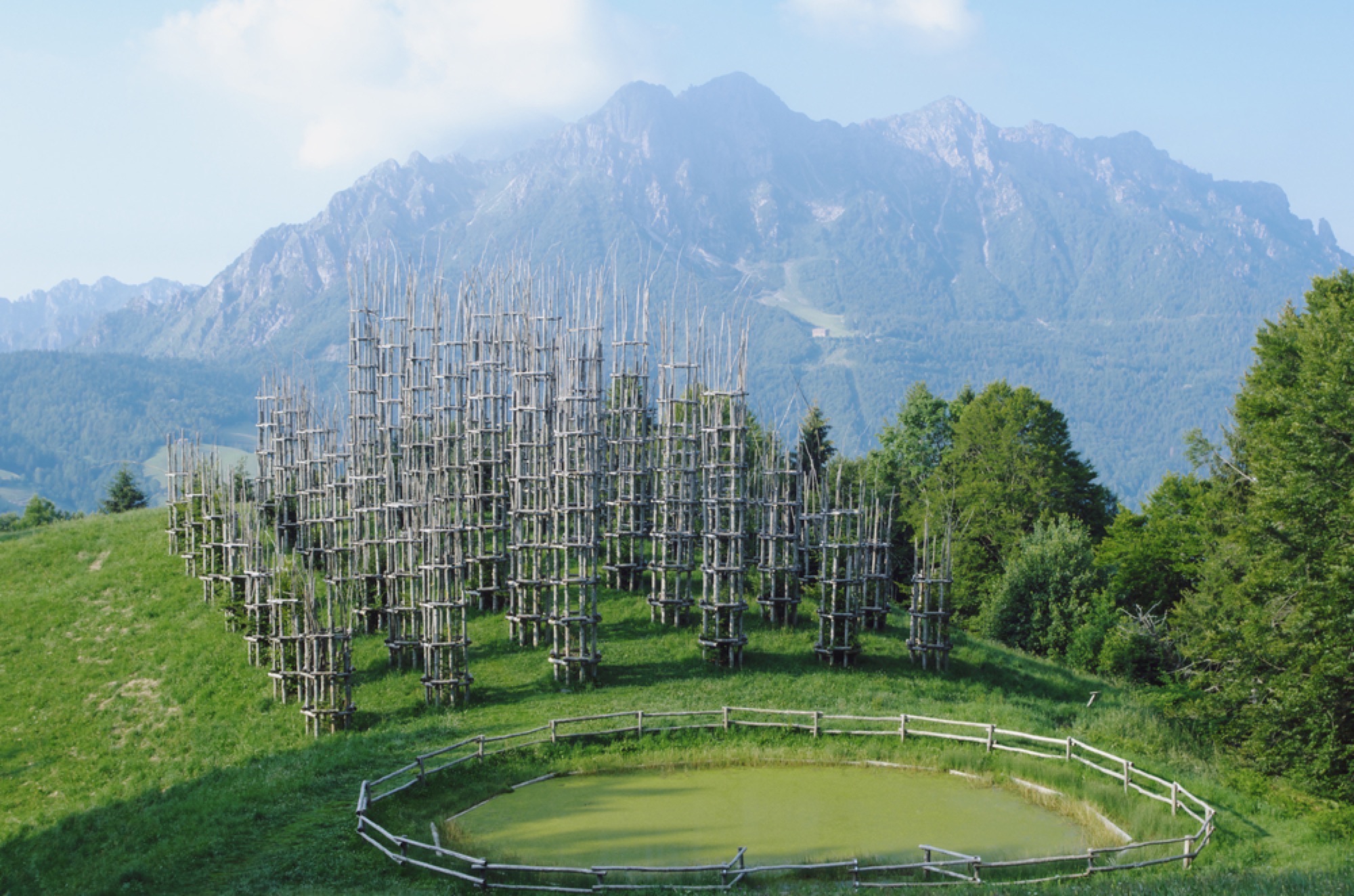
Combining three different periods - Greek, Roman and Gothic - this church is located in the city center and was built in 1270 on the remains of an early Christian one. As well as its architectural significance, it is also said to be the church in which Boccaccio, a 14th century writer, met Maria d’Aquino, the woman who became his beloved and muse, the Fiammetta (little flame) of his works.
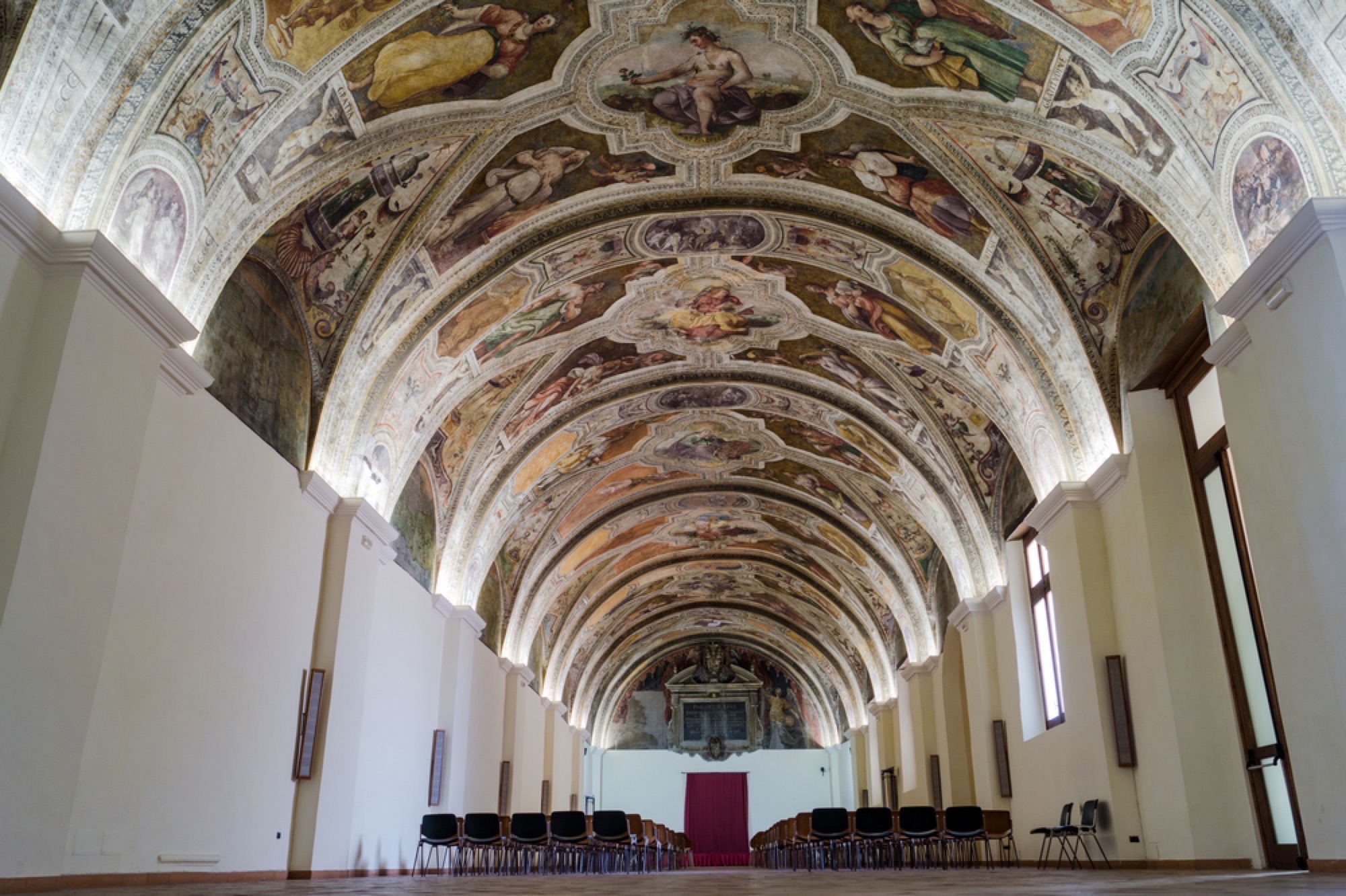
Built in the early 14th century to house the remains of St Anthony, this is one of the largest churches in the world, and visited by millions of pilgrims each year. Five different architectural styles are at play here: Romanesque, Gothic, Byzantine, Renaissance and Baroque; from the outside, it is characterized by two bell towers and eight domes.
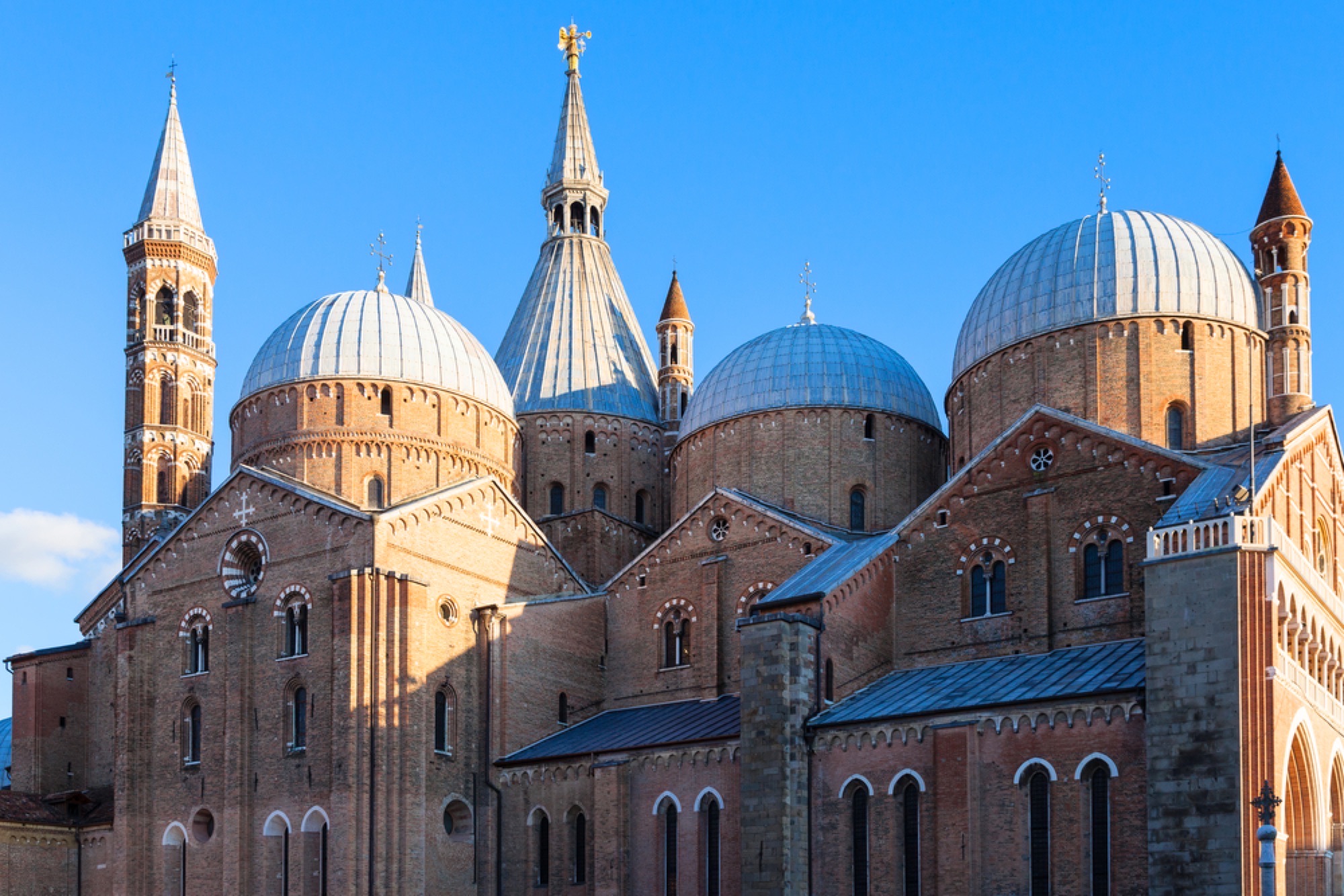
Construction on this dazzling cathedral began in 1093; located near the leaning tower, it’s often overlooked by tourists eager to take the obligatory off-kilter selfie. It’s well worth a visit, however, with its white marble facade and Romanesque architectural style; inside, it houses many art treasures, including St. Agnes with her Lamb by Andrea del Sarto.

The principal facade of this building, made in the Romanesque-Gothic style, is relatively simple, a fact that belies its extravagantly decorated and frescoed interiors. Built in the late 14th century, its pure white altar contrasts starkly with the riot of color; the way that the relic housed here came to be acquired is similarly very ‘different’ from other relic stories: Raimondello, whose remains are buried here, allegedly climbed Mt Sinai to visit the body of Santa Caterina. Kissing her hand, he bit off her finger and brought it back with him.
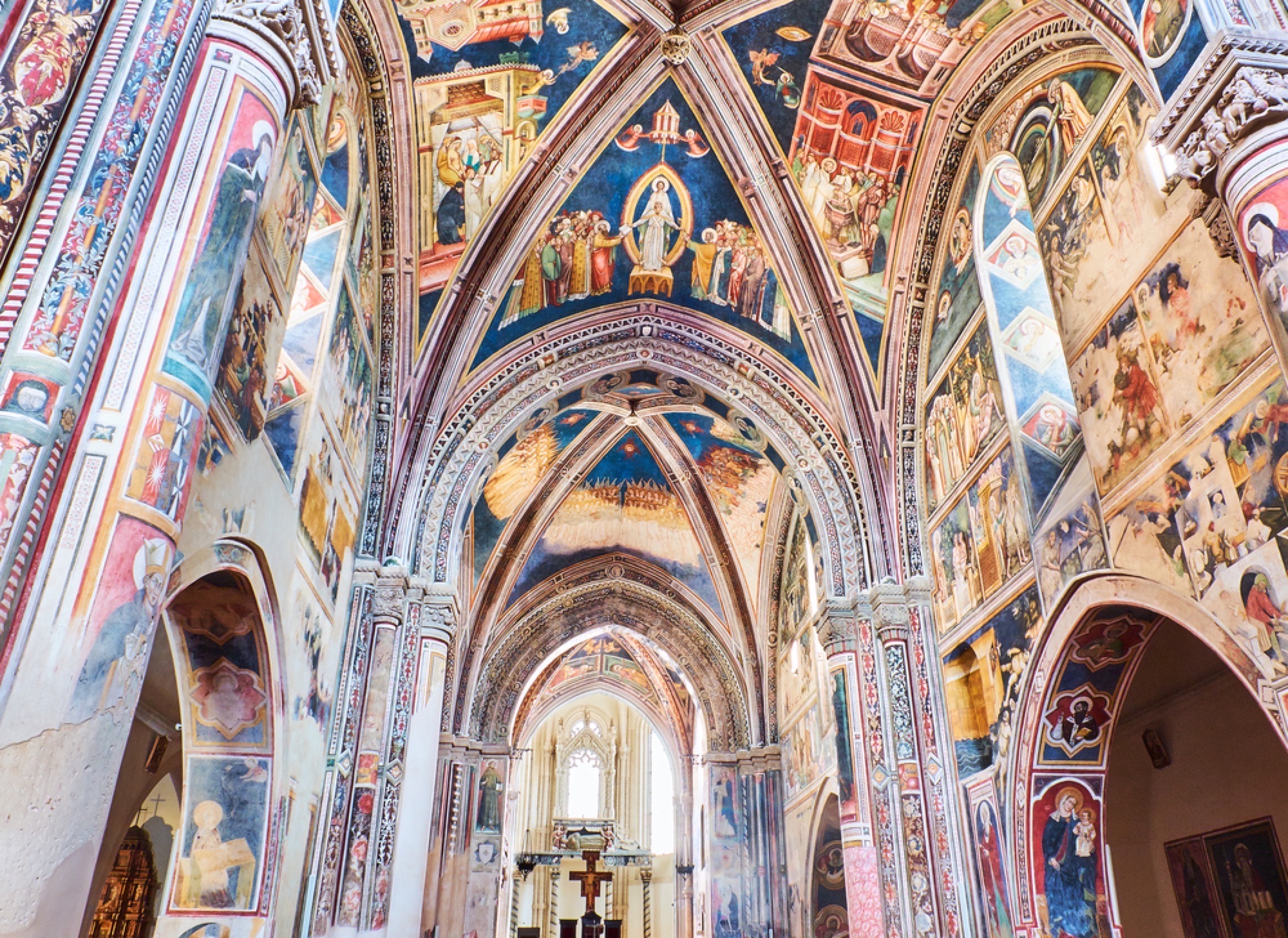
This small Gothic church is set along the River Arno - and for a structure so small, it boasts an astonishing level of Gothic detail and ornamentation. Its odd position - it basically blocks the pavement! - is due to being relocated from its position right next to the river in 1871, where it was being affected by damp and occasional flooding. The ‘spina’ - thorn - refers to a relic from Christ’s crown of thorns, but this is no longer housed here.
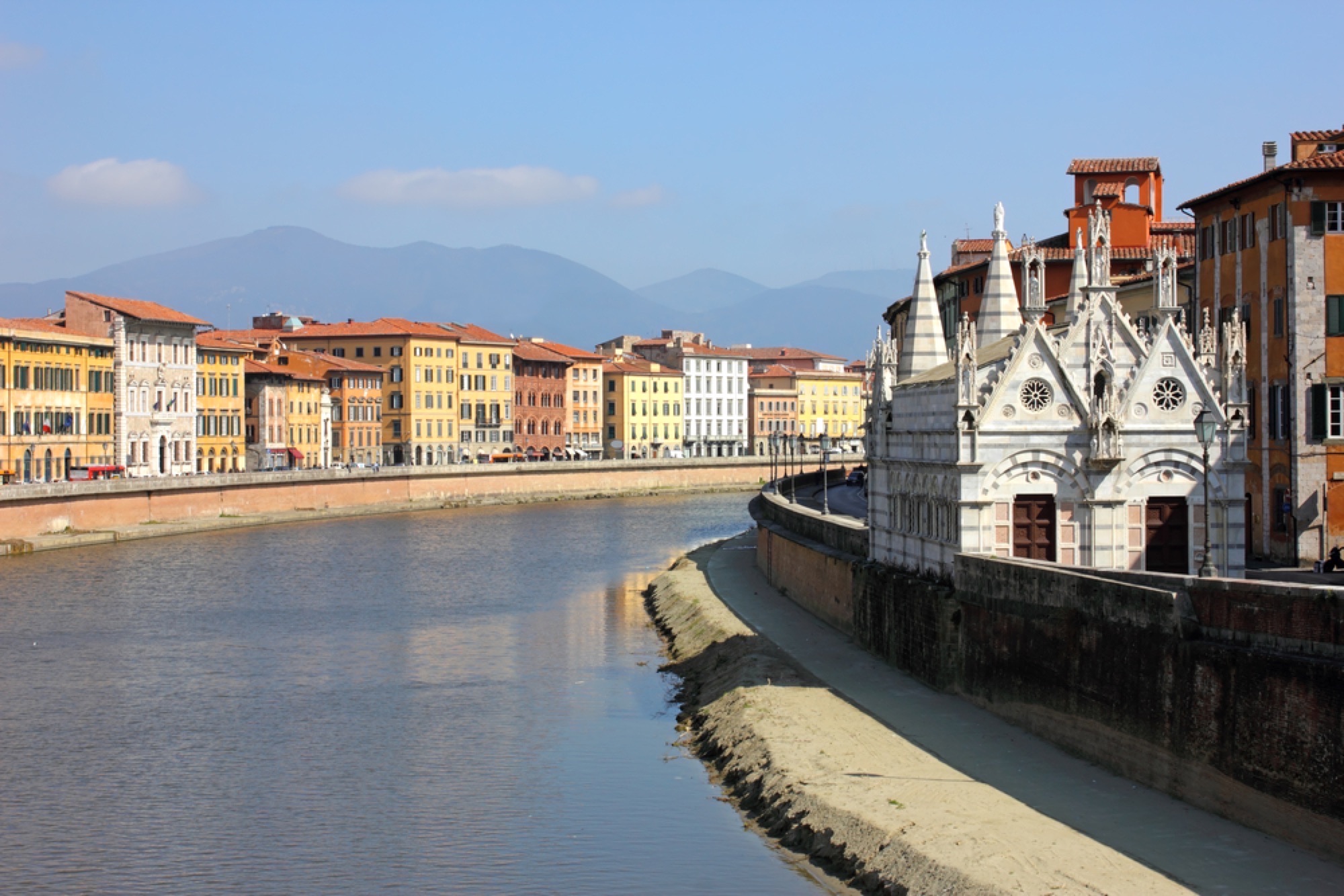
Worth a look even if only for the controversy that has surrounded it, this place of worship is, in appearance, as far removed from some its Italian counterparts as imaginable. Built at a cost of 5 million euros, this Botta-designed church breathes new life into a set of abandoned steel mills and incorporates a number of other recycled elements. It also differs from other churches in that its iconography is incredibly subtle, with just a pixelated impression of the face of the Turin Shroud on the back wall, and a slender cross of light overhead.
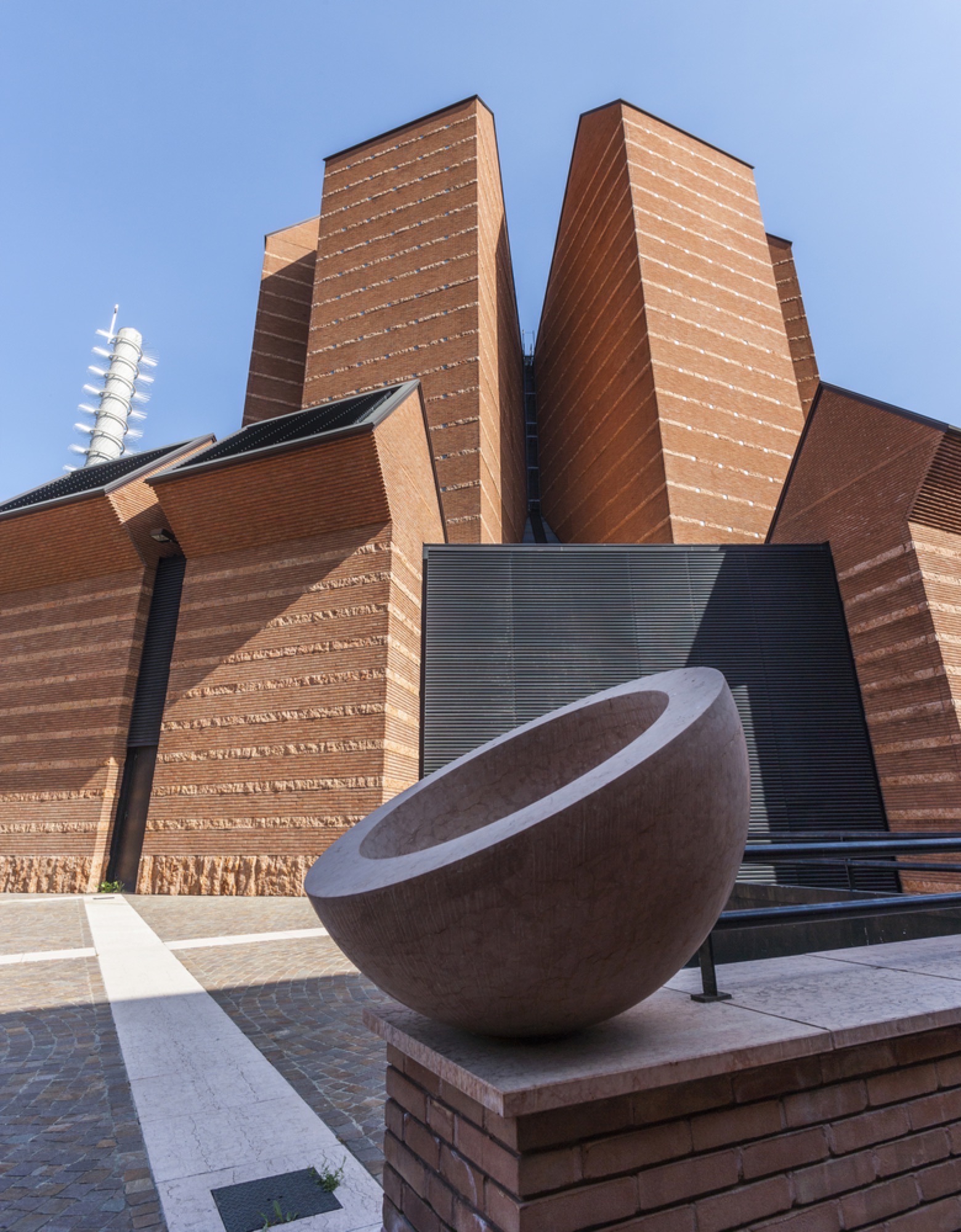
Set into a tiny corner of a piazza near Campo dei Fiori - houses are literally built right up to it - this tiny church was built in the 11th century atop the ruins of the Theater of Pompey. Incidentally, this was also the site at which Julius Caesar was assassinated! Packed with artwork and boasting an ornate floor, it’s so tiny that only one of the windows you see from the outside is real; the other has been painted on.
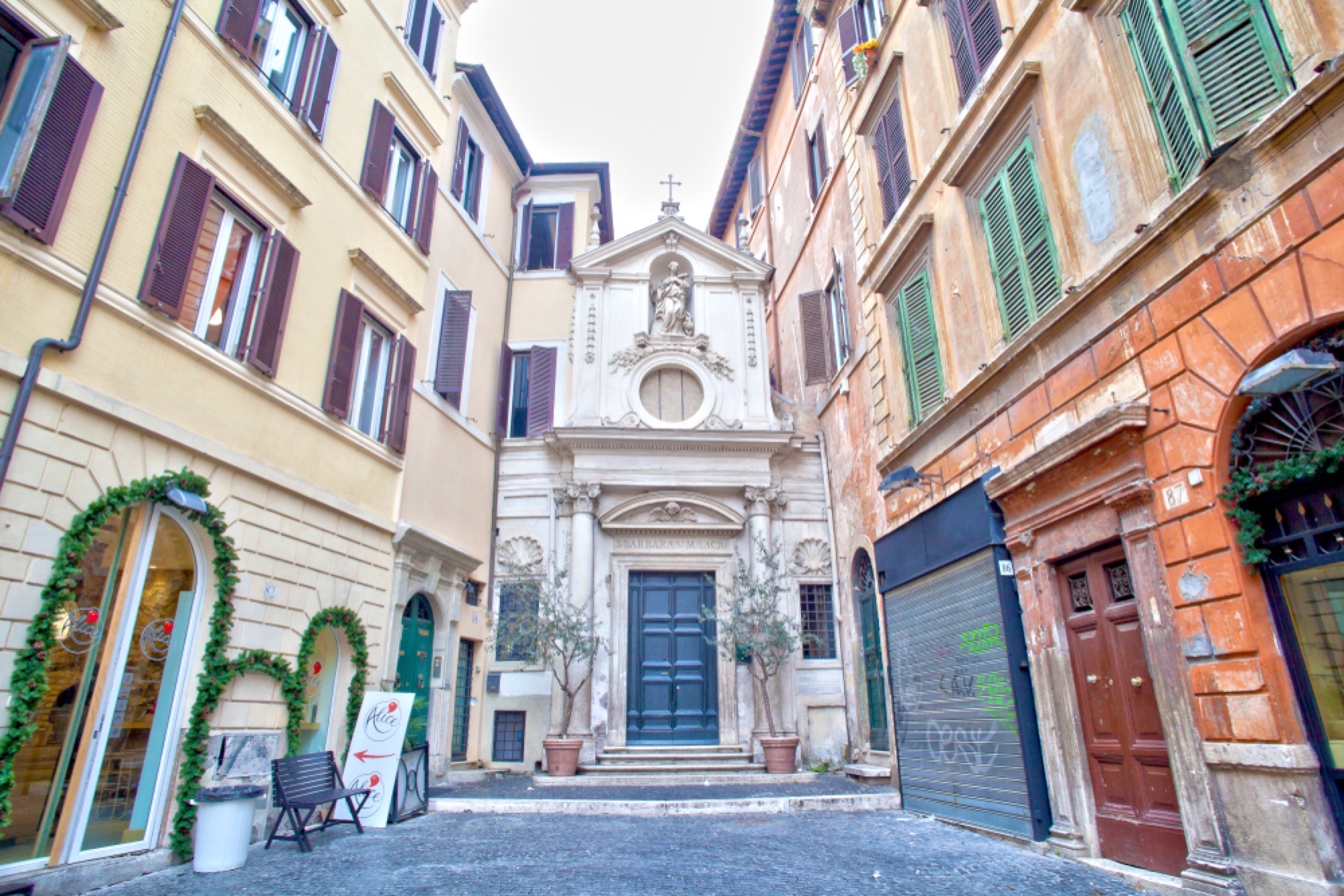
Also known as “the marble church”, Santa Maria dei Miracoli was originally constructed to house a 15th century image of the Virgin and child, to which a miracle had been attributed. Both the interior and exterior are clad in colored marble, surrounded by intricate carvings and reliefs; it’s considered one of the finest examples of early Venetian Renaissance architecture.
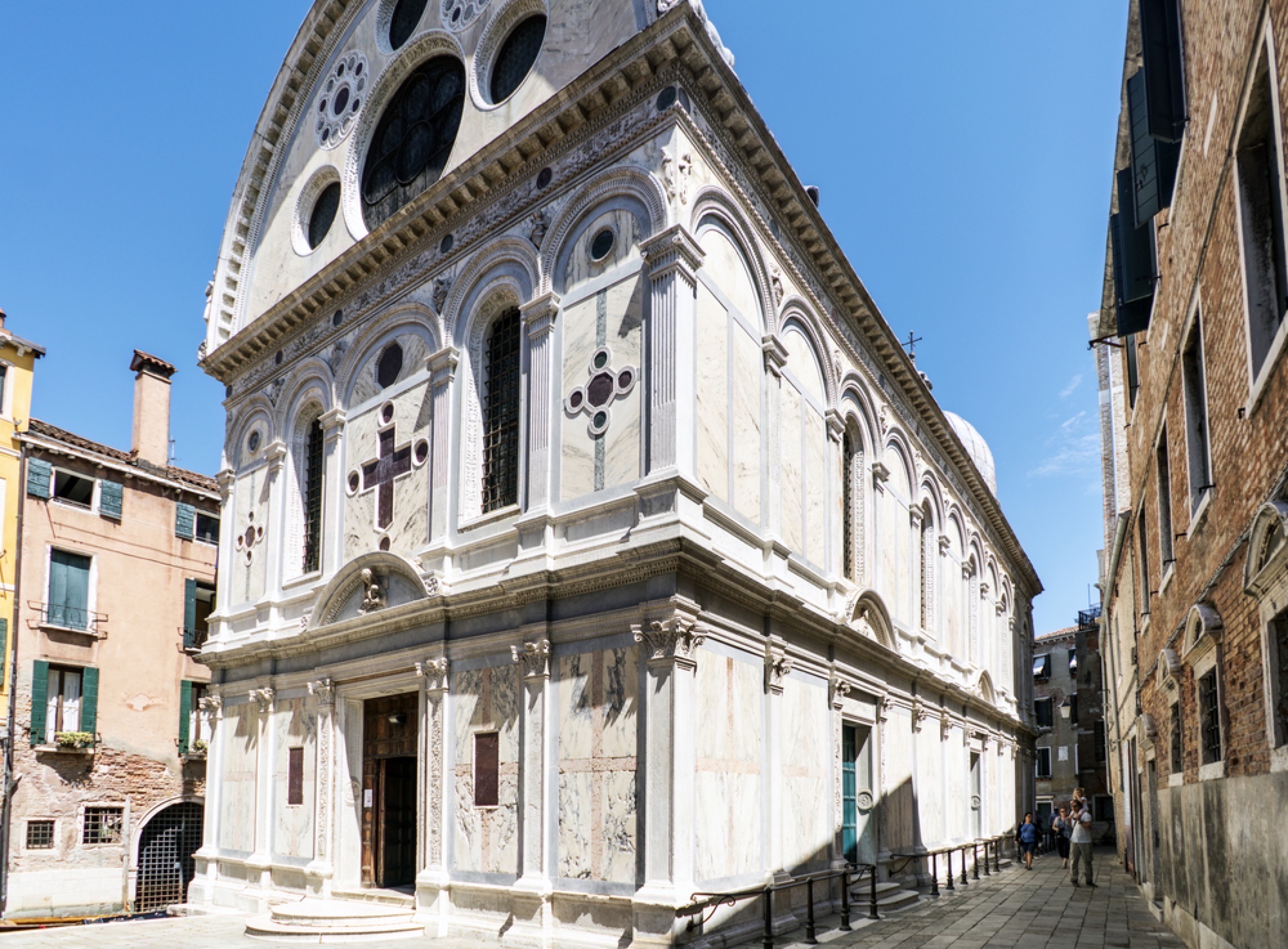
Built on the Venetian island of the same name, on which all buildings had been destroyed by a 1223 earthquake, this church has a brilliant white marble facade, which is thrown into sharper focus by the blue of the surrounding water. The original campanile fell in 1774 and was rebuilt some 20 years later; the splendid view from its top is now even easier to access thanks to the inclusion of a lift.
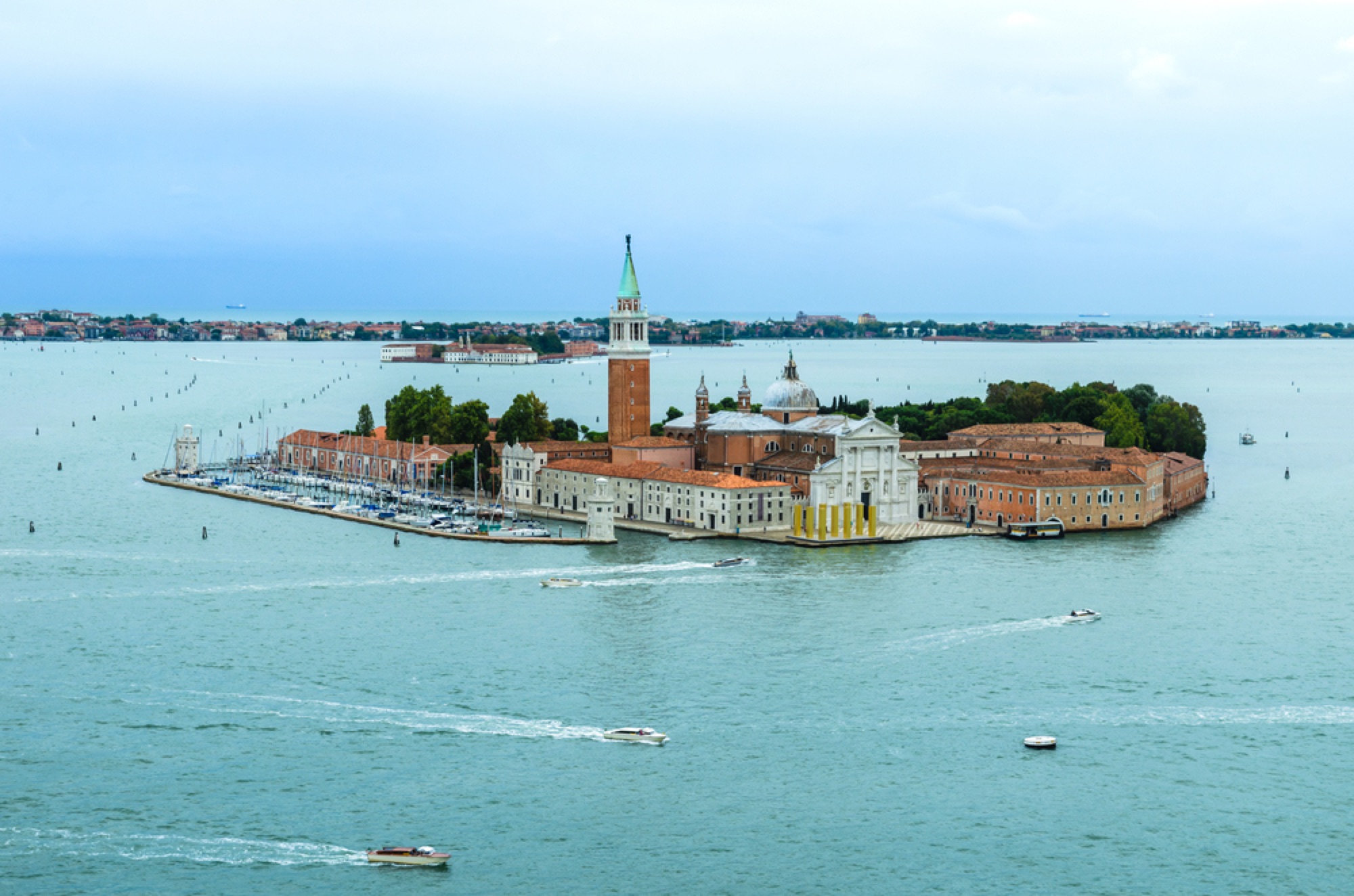
Built on land formerly occupied by banished Jews, construction of this church took over 200 years to complete. The facade is richly decorated, featuring marvelous creatures, cherubs and mythical beasts, which were created under the guidance of Giuseppe Zimbalo; there’s also a magnificent rose window. Inside, the church is formed in the Latin cross plan and features no fewer than seventeen altars.
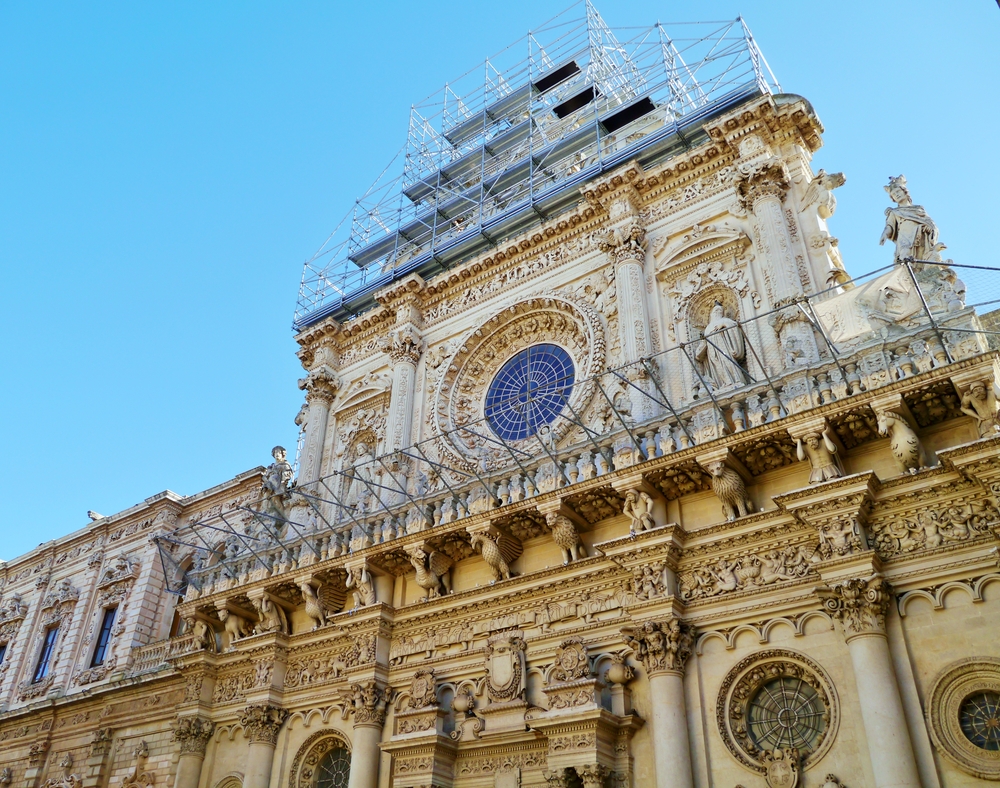
Located within a short stroll of Milan’s Duomo, this is definitely one to tickle a morbid fascination: it’s decorated with human skulls and bones. Look up to see wonderful frescoes by Sebastiano Ricci, and then let your eyes drift downwards to the walls, which are completely decorated with skulls and bones, some arranged so as to form the shape of a cross. Most of these remains came from the nearby hospital in the Middle Ages, although the ones over the back doors are from beheaded criminals.
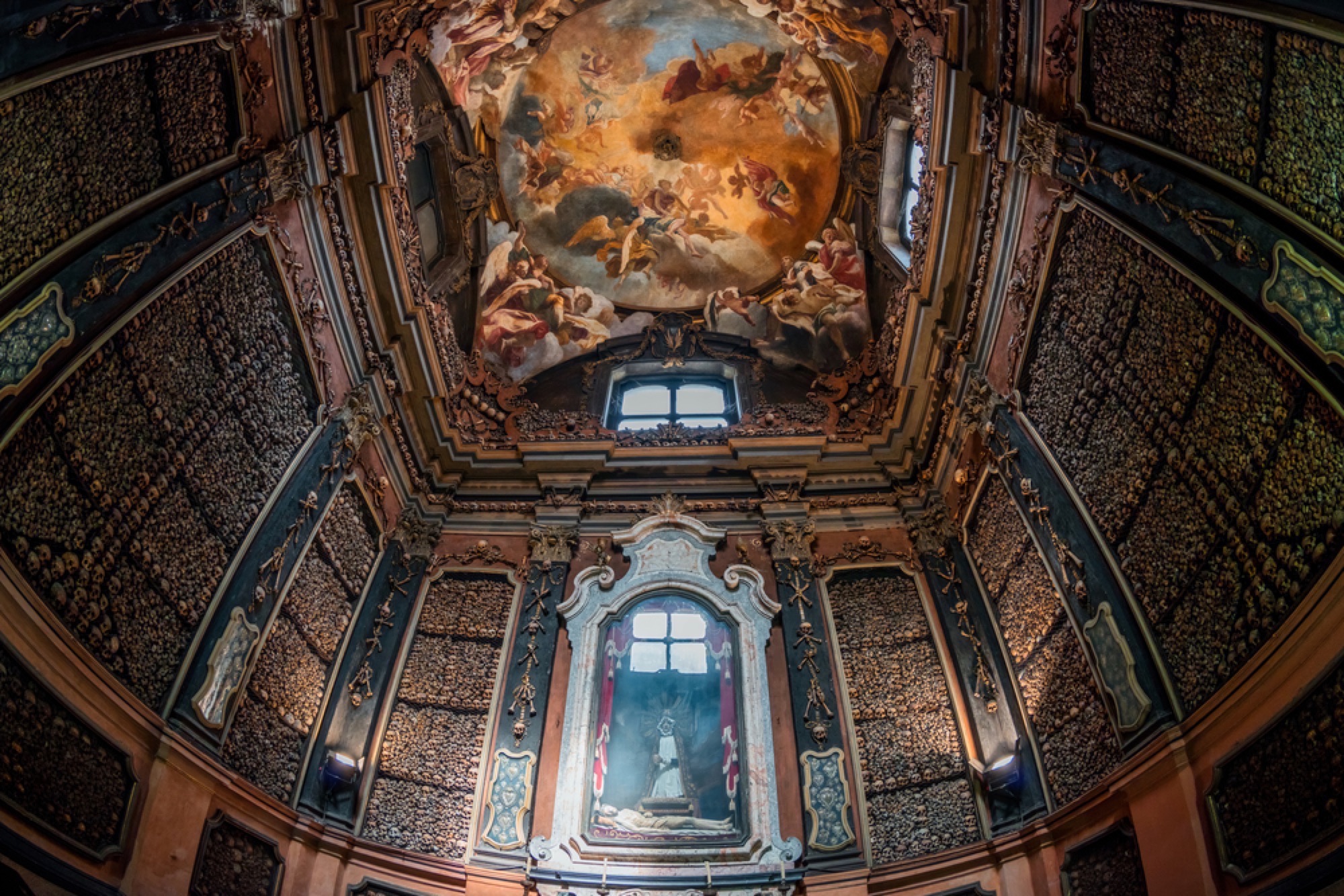
In a city so revered for its antiquity, it can be easy to forget that Rome has any modern buildings at all, least of all when the building in question is a church. Located in the Tor Tre Teste district and designed by Richard Meier, who was selected over other celebrated architects such as Frank Gehry in an international competition, this strikingly contemporary church is formed of curved white walls, which look like sails. It was designed and built over the period 1996-2003, to celebrate the dawn of the new millennium.
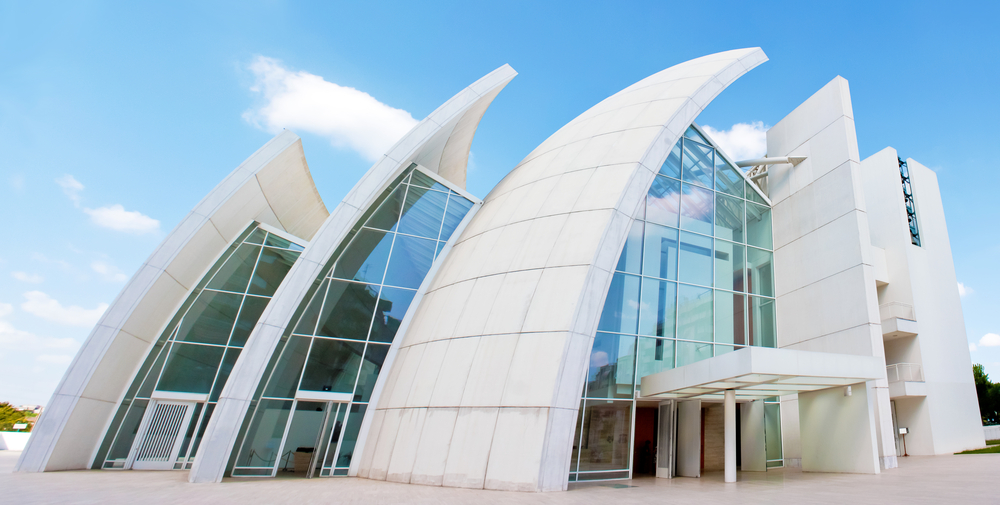
This isn’t a church you can visit, as such - although when the lake is frozen, you can tiptoe over the ice to see what is still visible of it at closer range. Located in South Tyrol, the town of Graun has been submerged beneath Lake Resia since 1950, when a dam was built to generate electric power: the bell tower of the 14th century church can still be seen. Legend has it that the bells are still heard, despite the fact that these were removed before the flooding.
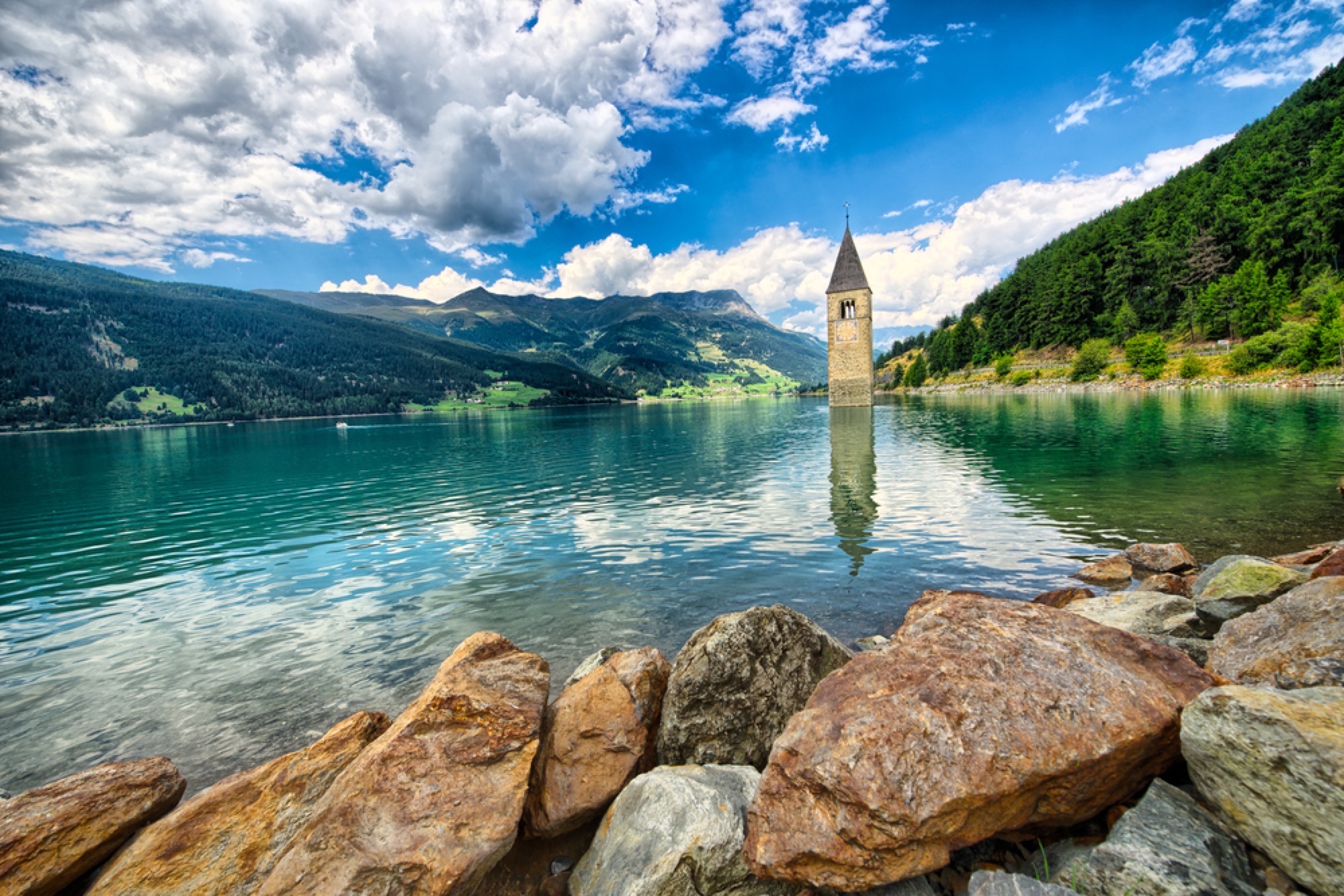
Featuring a beautiful dome covered in majolica tiles, colored in shimmering yellow, green and blue, this church is a popular choice for couples dreaming up the perfect Italian seaside wedding. Most of the staircases up from Marina Grande Beach lead to its piazza; once you’ve admired its elegant facade and 18th century bell tower, go inside for its white and gold interiors and a look at the Byzantine icon of the Virgin, which is surrounded by legend and celebrated during an August festival.
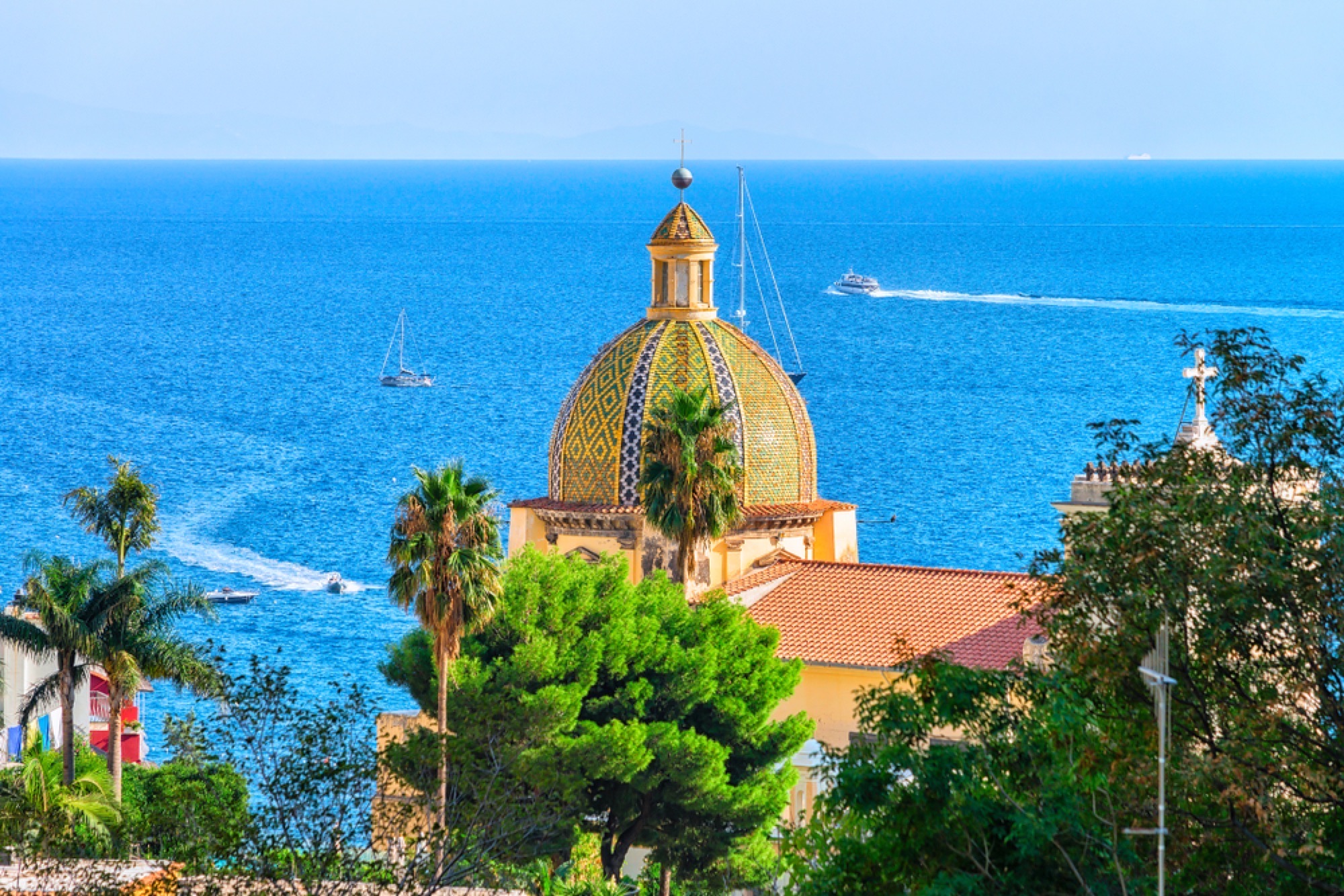
Built at the end of the 11th century on the ruins of another church, the Duomo Vecchio - Old Cathedral - is an important example of a Romanesque round church. Its central block is formed of two stone cylinders, placed one on top of the other; the lower one still has its original doorways, which are lower than the modern day street level. Located next to the Duomo Nuovo - New Cathedral - its interior features a circular ambulatory and a graceful domed roof.
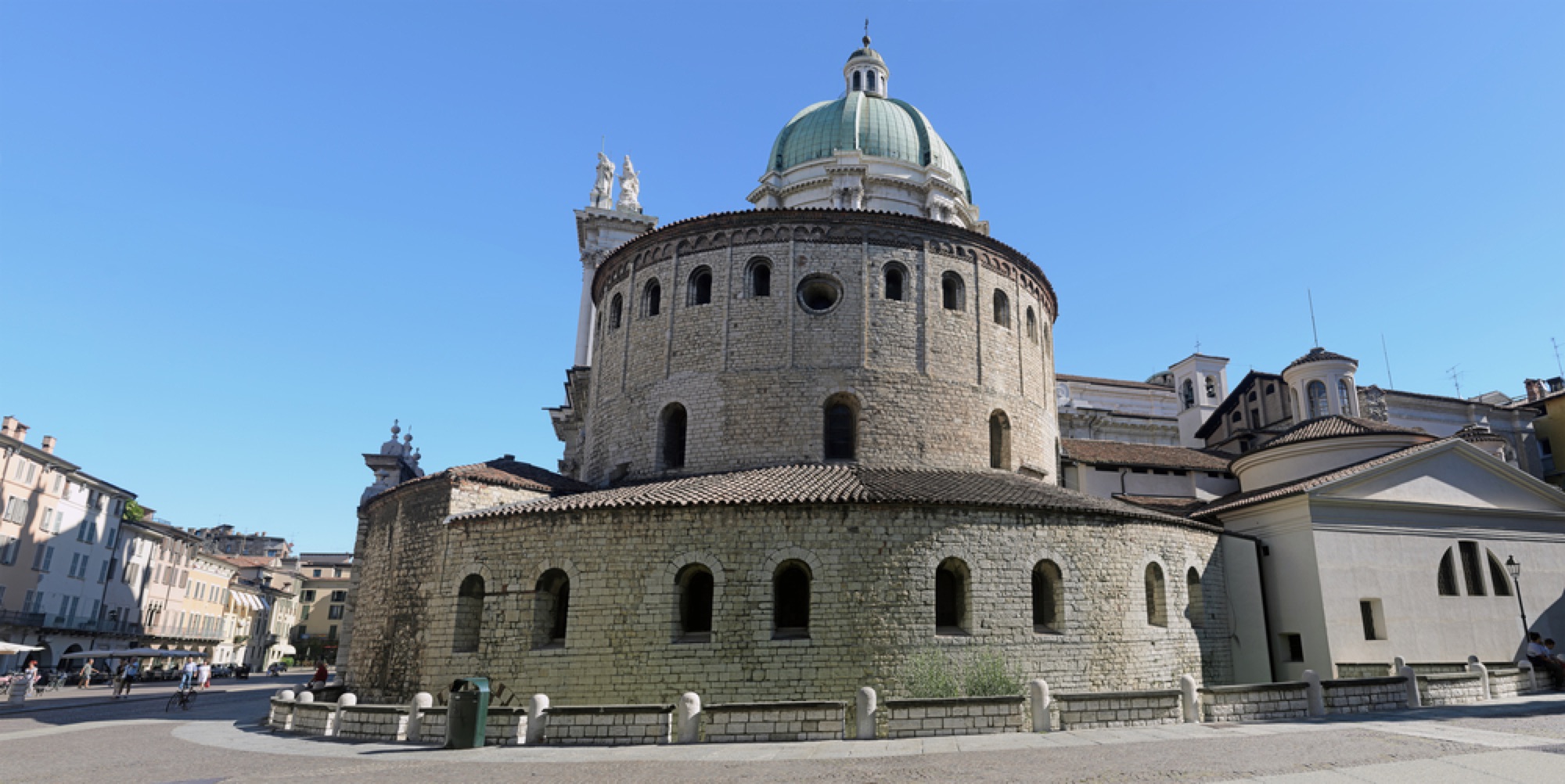
Verona is well-known as the home of Shakespeare’s star-crossed lovers, and the Rose Window of Basilica di San Maggiore - also known as the Wheel of Fortune Window - certainly depicts the challenging twists and turns that life can take. Another literary link lies in the 14th century bell tower, which was mentioned in Dante’s Divine Comedy. Inside, be dazzled by breathtaking frescoes and brass doors inlaid with panels portraying biblical scenes.
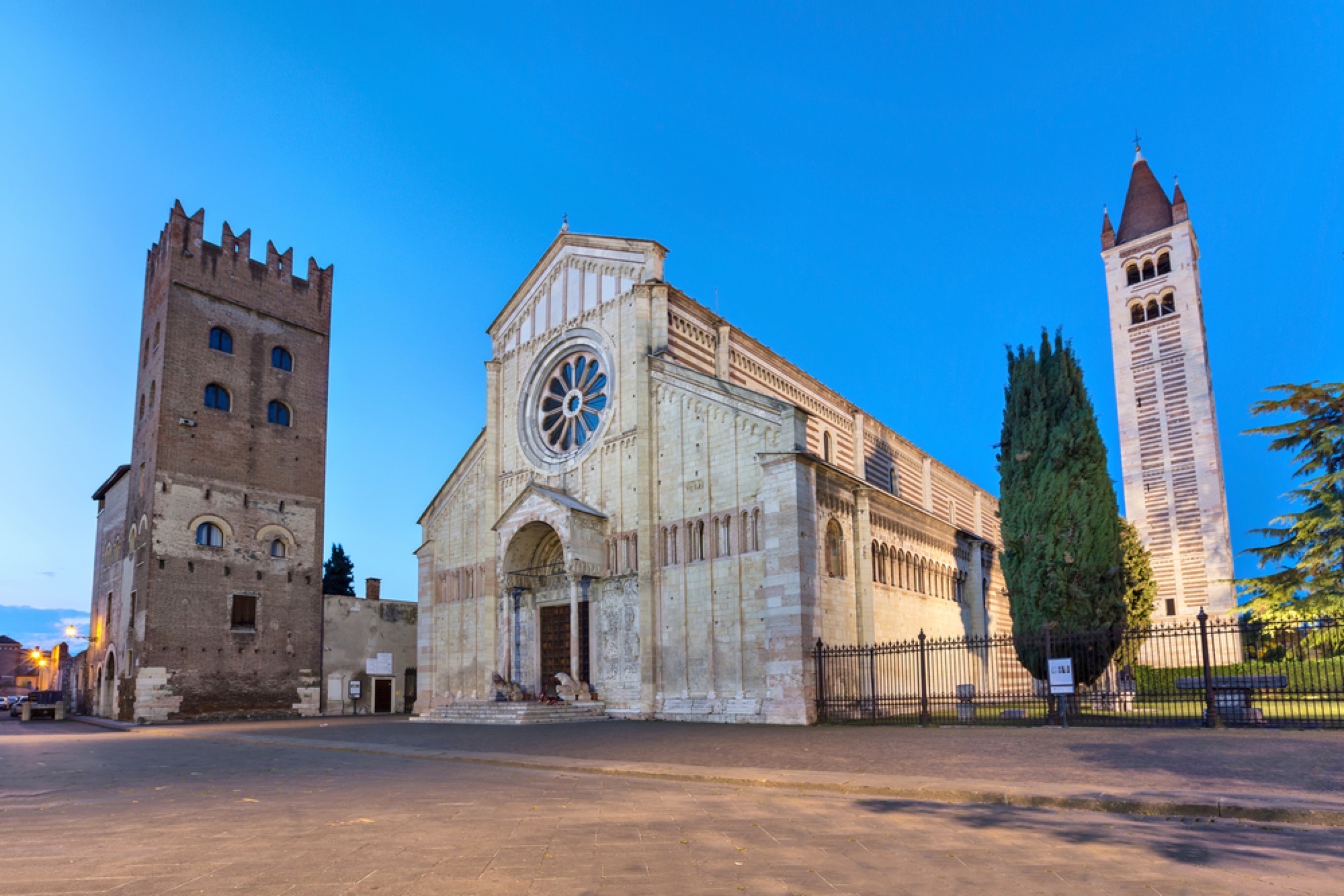
After wandering Lucca’s narrow, winding, medieval streets, the wide open space that this church occupies is almost a shock, making its appearance even more striking and magnificent. Built over the ancient Roman forum, its ornate facade, which features sculptures and inlays above, and blind arcades below, was originally designed in the 13th century and later restored.The graceful bell tower features mullioned windows and was built between the 12th and 14th centuries.
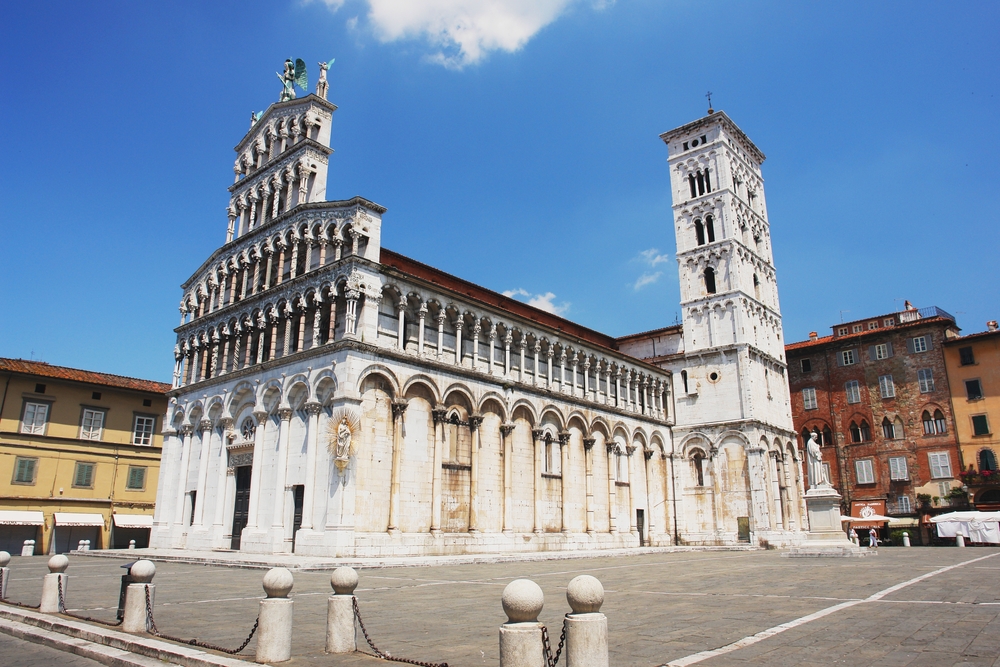
A World Heritage site, this stunning church is set on a large square. A particular point of interest is its side corridor, which is plastered with drawings and paintings - some quite basic, some very skilled - by ordinary people who have been snatched from death by the Virgin. Depicting hospital beds, exploding truck tires, car accidents, charging bulls and falling from heights, the pictures are touchingly devotional. From here, climb the wooded mountain, stopping at shrines along the way, until you reach ‘Paradise’ at the summit.
